Please scroll down for Vietnamese
Recently, numerous regrettable fire incidents have left not only sorrow and compassion but also served as a wake-up call regarding awareness and responsibility in fire prevention and control work (FPCW), particularly in safeguarding oneself, family, and the community.
Some Causes of Fires and Explosions
Fires and explosions can occur due to various reasons, such as:
Fire and explosion incidents can occur due to various reasons, and even a minor oversight can cause significant impacts on humans and property. Therefore, laws are increasingly stringent and meticulous in requirements for ensuring FPCW, with the goal of preventing fires and explosions effectively, including in terms of fire safety documentation.
What Documentation is Required for Managing and Monitoring FPCW Activities at Facilities?
Fire safety documentation and monitoring of FPCW activities are essential documents for the competent authorities to partly inspect and monitor a facility’s compliance with FPCW. This article from A&D Law Firm only mentions the basic requirements for fire safety documentation that some facilities need, depending on the specific nature of the facility (depending on conditions such as area, volume, business sector, operational nature, etc.), there may be additional legal requirements for documentation:
Additionally, during operations, there will be additional documentation such as:
Fire safety documentation and monitoring of FPCW activities are essential foundations to ensure safety and readiness in fire and firefighting situations. From families, businesses, schools, hospitals to agencies and organizations, maintaining fire safety documentation and establishing firefighting activities according to the documentation set forth is an important matter that cannot be overlooked. Additionally, an effective FPCW system also plays a crucial role in controlling and extinguishing fire and explosion incidents.
To be well-prepared in handling fire and explosion situations safely and effectively, complying with FPCW activities according to legal regulations, customers should contact A&D Law Firm today for advice and fire safety documentation for the most comprehensive and secure facilities.
[The content is for reference only, readers should not use it as a document/basis for reference in litigation.]
Cháy nổ có thể xảy ra do nhiều nguyên nhân khác nhau, như:
Sự cố cháy nổ có thể xảy ra do nhiều nguyên nhân khác nhau, thậm chí chỉ một sơ suất nhỏ cũng có thể gây cháy nổ và ảnh hưởng lớn đến con người và tài sản, do đó pháp luật quy định ngày càng nghiêm khắc và kỹ lưỡng trong các yêu cầu về đảm bảo công tác PCCC, với mục tiêu phòng ngừa cháy nổ một cách hiệu quả nhất, trong đó bao gồm cả về hồ sơ PCCC.
Hồ Sơ Quản Lý, Theo Dõi Hoạt Động PCCC Của Cơ Sở Cần Những Gì?
Hồ sơ quản lý, theo dõi hoạt động PCCC là một trong những tài liệu để Cơ quan có thẩm quyền thông qua đó một phần kiểm tra và theo dõi sự tuân thủ của cơ sở trong công tác PCCC. Bài viết này A&D Law Firm chỉ đề cập giới hạn về yêu cầu hồ sơ PCCC cơ bản cần có tại một số cơ sở, tùy theo loại hình cụ thể của cơ sở (phụ thuộc vào các điều kiện như diện tích, khối tích, ngành nghề kinh doanh, tính chất hoạt động…) mà sẽ có thêm những yêu cầu luật định khác về hồ sơ:
Ngoài ra, trong quá trình hoạt động sẽ có thêm một số hồ sơ như:
Hồ sơ quản lý, theo dõi hoạt động PCCC là nền tảng quan trọng để đảm bảo sự an toàn và sẵn sàng trong tình huống cháy chữa cháy. Từ gia đình, cơ sở kinh doanh, trường học, bệnh viện đến các cơ quan và tổ chức, việc duy trì hồ sơ PCCC, thiết lập các hoạt động PCCC theo hồ sơ đã đặt ra là điều quan trọng không thể bỏ qua. Ngoài ra, hệ thống PCCC hiệu quả cũng đóng một vai trò quan trọng trong việc kiểm soát và dập tắt sự cố cháy nổ.
Để chuẩn bị tốt trong việc xử lý tình huống cháy nổ một cách an toàn và hiệu quả, tuân thủ hoạt động PCCC theo quy định pháp luật, Quý khách hàng hãy liên hệ với A&D Law Firm ngay hôm nay để được tư vấn và trang bị hồ sơ PCCC cho cơ sở đầy đủ và đảm bảo nhất.
[Nội dung chỉ có giá trị tham khảo, người đọc không sử dụng để làm tài liệu/căn cứ dẫn chiếu trong tố tụng].
If you need any helps, please feel free to contact us. We will get back to you with 1 business day. Or if in hurry, just call us now.
Call : 028 888 555 35
support@andlaw.vn Mon – Fri 08:30-17:30
